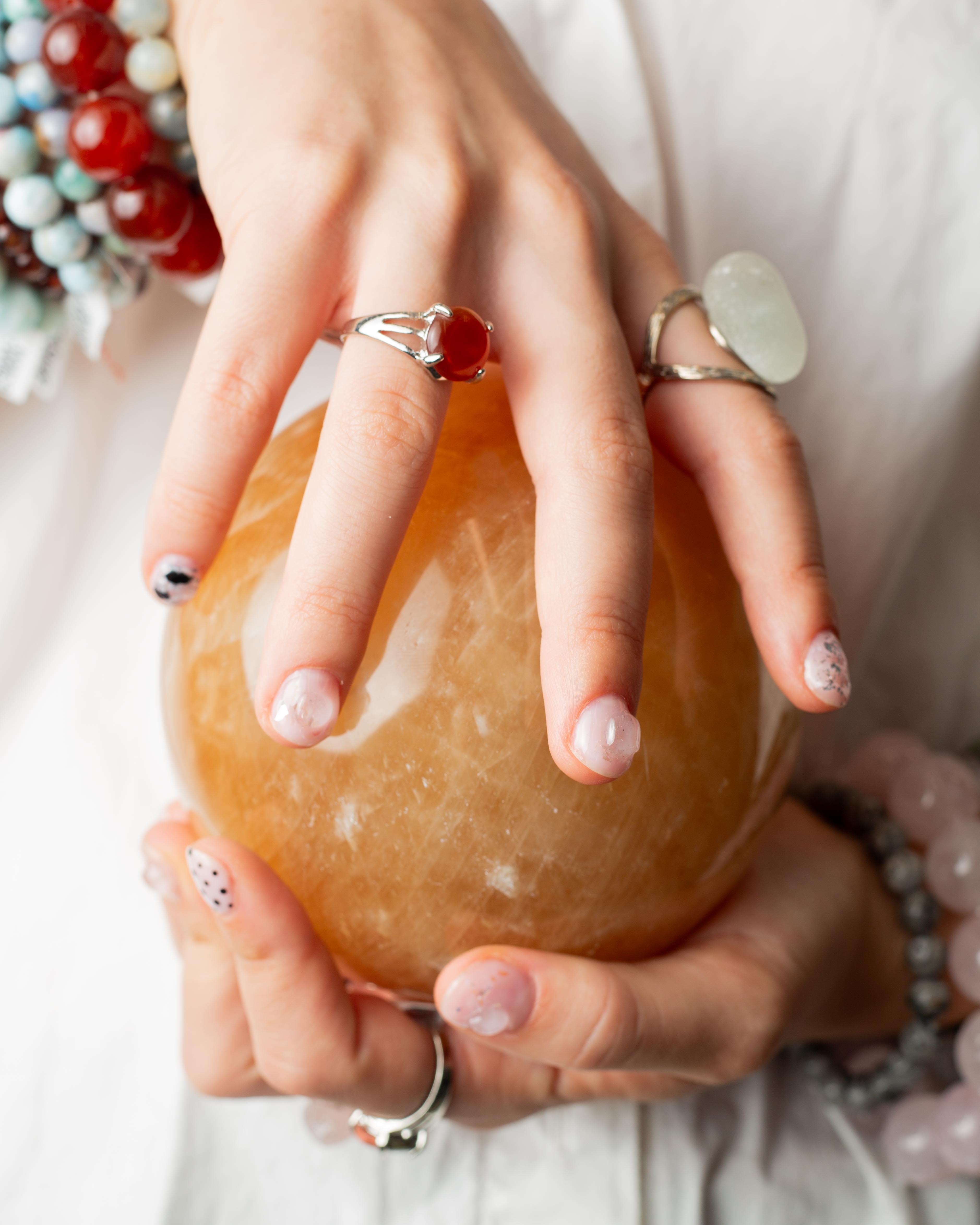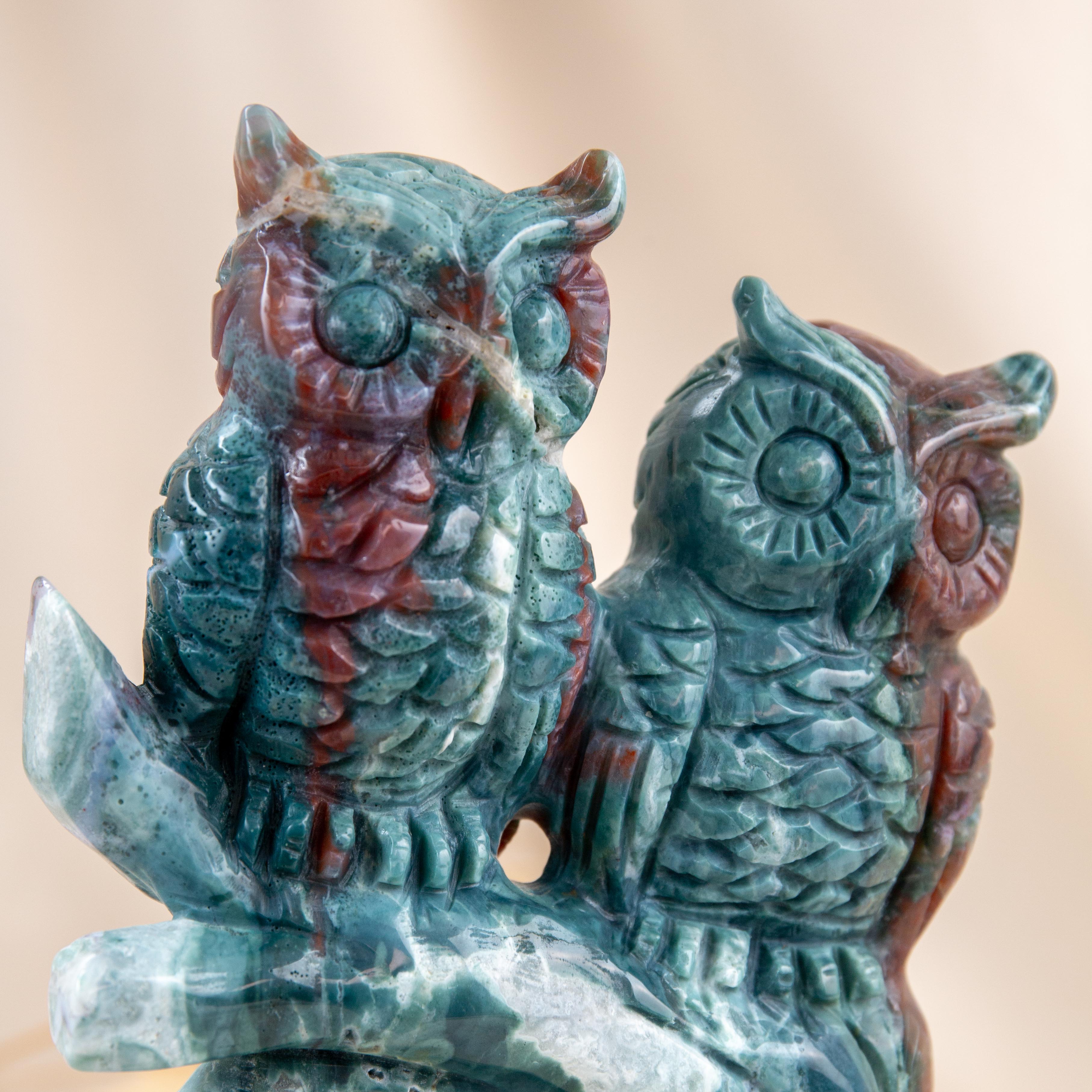
Sodalite is a beautiful blue mineral that is often used as a gemstone and in various types of jewelry. Here are some key characteristics and information about sodalite:
-
Color: Sodalite is typically recognized by its deep blue color, which can range from light to dark blue. It often features white streaks or veins, which can resemble the appearance of lapis lazuli.
-
Composition: Sodalite is a sodium aluminum silicate with the chemical formula Na4Al3(SiO4)3Cl. It belongs to the feldspathoid group of minerals.
-
Appearance: It usually occurs in massive, granular, or compact forms, but it can also form in small, well-defined crystals.
-
Luster: Sodalite has a vitreous (glass-like) luster when polished.
-
Hardness: It has a hardness of about 5.5 to 6 on the Mohs scale, making it relatively durable for use in jewelry.
-
Origin: Sodalite is found in various locations around the world, with significant deposits in Canada (especially in Ontario), Brazil, and several African countries.
-
Metaphysical Properties: Sodalite is believed by some to have metaphysical or healing properties. It is associated with qualities like intuition, clarity of thought, and communication. Some people use it for meditation and as a tool for self-expression.
-
Jewelry and Ornamental Use: Sodalite is popular in the creation of jewelry, including necklaces, bracelets, and rings. It's also used for carving, as it can be shaped into beautiful figurines and decorative items.
-
Alternative to Lapis Lazuli: Sodalite is sometimes used as a more affordable alternative to lapis lazuli, which has a similar blue color but is generally more expensive.
-
Artistic and Decorative Applications: Sodalite is appreciated for its vibrant blue color, and it is often used in artistic and decorative applications. It can be incorporated into mosaics, countertops, and other architectural designs.
Sodalite is a captivating and versatile mineral that's not only aesthetically pleasing but also has historical and metaphysical significance. Its deep blue hues and white streaks make it a popular choice for a variety of applications.








